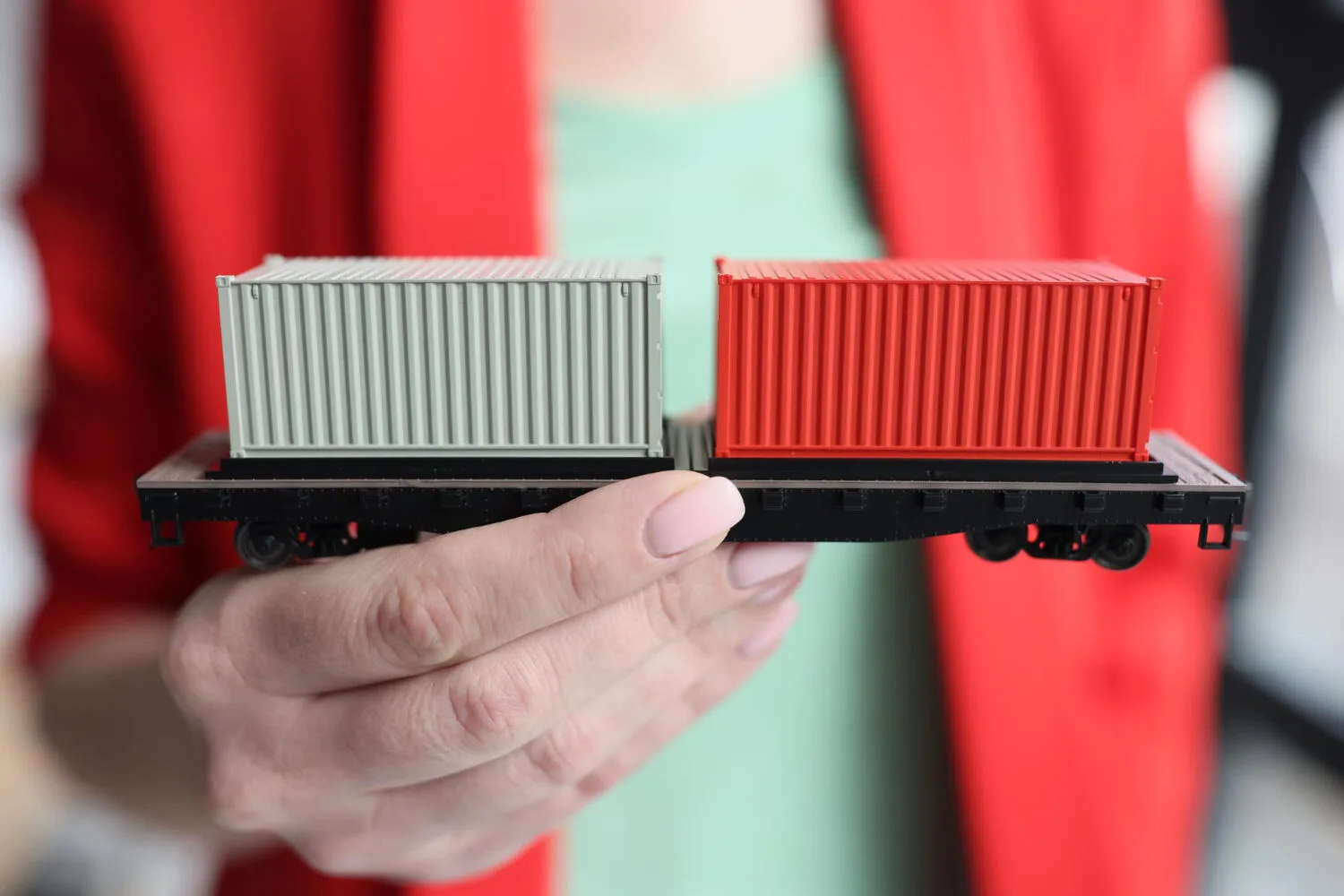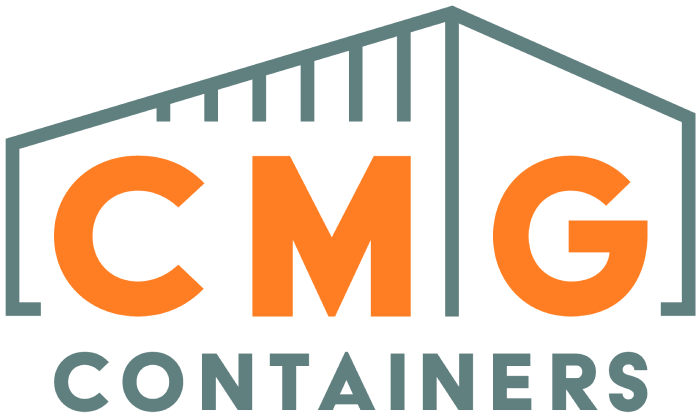When it comes to storage and transport, choosing the right shipping container size can make or break your project. Too small, and you’ll run out of space quickly. Too large, and you’ll struggle with handling, higher costs, or limited yard access. That’s why it’s essential to understand the different shipping container dimensions available and how they fit your unique needs.
At CMG Containers, we help clients navigate this choice every day. Whether you need compact 20ft units or the larger 40ft options, we’ve seen firsthand how the right decision can save money, improve efficiency, and simplify logistics.
This guide walks you through everything you need to know about container sizes, including practical tips, benefits, and things to watch out for before making your investment.
Why Shipping Container Size Matters
It might be tempting to assume one size fits all, but the truth is that cargo container dimensions affect more than just how much you can store. They impact:
- Handling and mobility: Smaller containers are easier to move and reposition.
- Placement on-site: You need to account for backyard space, driveways, or narrow entrances.
- Cost efficiency: Larger containers often provide more storage per dollar, but only if you have the space to accommodate them.
- Project scope: The right size ensures your storage or transport aligns with your timeline and budget.
Choosing wisely now means avoiding costly headaches later.
Common Shipping Container Dimensions
The most popular container sizes worldwide are 20ft containers and 40ft containers. While they share the same width and height, the difference in length makes a big impact.
20ft Containers
Best for: Small to medium storage needs, residential use, or projects requiring mobility.
A 20ft container is easier to transport, easier to maneuver, and fits more comfortably into tight spaces like residential yards. If you plan to place a container in your backyard, this is often the safest choice.
Moving a 20ft container is relatively simple compared to its larger counterpart. It can be shifted with smaller equipment and requires less clearance at entry points.
40ft Containers
Best for: Large-scale storage, commercial use, or clients who want the most cost-efficient storage per square foot.
While a 40ft container is harder to move, it offers significant savings if you have the space. Buying larger means “more storage for less money.” If your property or facility can accommodate one, it’s usually the most economical choice.
However, you’ll need to ensure your driveway, gates, or property entrance are wide enough. Narrow access can make delivery and placement difficult.

Container Size Guide: Factors to Consider
So, how do you know whether a 20ft or 40ft unit is best for you? Here are key considerations when deciding on shipping container size:
1. Space Availability
Measure your site carefully. If you’re placing a container in your backyard, make sure you account not only for the container’s footprint but also for delivery clearance. As the brand points out, if your property entrance is narrow, a larger container may not fit.
2. Mobility Needs
Do you plan to move your container around frequently? A 20ft container is much easier to transport and reposition. A 40ft container, while offering more space, can be challenging and expensive to move once it’s in place.
3. Cost Efficiency
If you have ample space, going bigger often saves money. Larger containers typically provide a better price-per-square-foot ratio.
4. Project Duration
Short-term projects may benefit from smaller, more manageable containers. For long-term storage or commercial operations, investing in a 40ft container makes more sense.
5. Access Points
Think about how you’ll use the container. Will you be accessing it daily? If so, make sure the placement allows convenient entry. For longer-term storage, size and capacity might take priority over frequent accessibility.
Choosing Between 20ft and 40ft Containers
Here’s a quick container size guide to help you decide:
| Factor | 20ft Container | 40ft Container |
| Space Needed | Compact, fits tight spaces | Requires large yard or open site |
| Ease of Movement | Easy to move, even on residential sites | More difficult and costly to transport |
| Cost Efficiency | Lower upfront cost | Better storage per dollar if you have space |
| Use Case | Residential, small business, mobile projects | Large-scale storage, commercial, long-term |
Ultimately, the right choice depends on balancing your available space, mobility needs, and budget.
Other Container Sizes and Options
While 20ft and 40ft units dominate the market, other options exist for niche needs:
High Cube Containers: 9.5ft tall instead of the standard 8.5ft, offering extra vertical space.
Specialized Units: Modified containers with roll-up doors, refrigeration systems, or side openings.
By consulting with experts like CMG Containers, you can determine if one of these alternatives better suits your project.
Real-Life Scenarios: Picking the Right Size
Sometimes, examples speak louder than technical details. Here are a few practical scenarios:
Residential Backyard Storage: A homeowner needs extra storage for tools, furniture, and seasonal items. A 20ft container is chosen because it fits neatly in the backyard and can be delivered easily through a standard residential gate.
Construction Site Storage: A contractor needs secure, on-site storage for equipment and materials. With ample space available, the company opts for a 40ft container, maximizing capacity and reducing cost per square foot.
Retail Seasonal Stock: A retail store prepares for a holiday sales surge and needs temporary storage behind the shop. Limited parking space makes a 20ft container the better fit.
Agricultural Operation: A farm wants to store harvested crops and tools long-term. They select a 40ft container, since they have the land and want the best value for bulk storage.
These real-world examples highlight how choosing the right shipping container dimensions is about aligning your needs with practicality.
Why Choose CMG Containers?
With years of experience, CMG Containers has built a reputation for delivering high-quality solutions tailored to client needs. When you work with us, you get:
- Expert guidance: Helping you choose the right container size for your specific project.
- Wide selection: From 20ft containers to 40ft containers and specialized options.
- Customer-first service: We take into account your site conditions, project goals, and budget.
- Long-lasting durability: All containers are built to withstand the demands of storage and shipping.
When it comes to finding the right balance between shipping container size and practicality, CMG Containers provides the knowledge and products you can trust.
The Bottom Line: Matching Size to Your Needs
Selecting the right shipping container size isn’t just about measurements—it’s about planning, efficiency, and foresight. Whether you choose a 20ft container for its maneuverability or a 40ft container for its cost-saving capacity, the key is making sure it fits both your property and your goals.
At CMG Containers, we help businesses and homeowners alike find the right solution. By considering site space, access points, budget, and future needs, you can invest confidently in a container that will serve you well for years.


